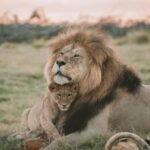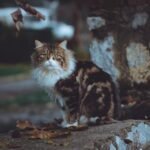Indigenous knowledge encompasses a vast array of insights, practices, and stories that have been passed down through generations. This wisdom, accumulated over millennia, offers a unique perspective on the natural world, including the lives and behaviors of big cats. From the Americas to Africa and Asia, indigenous stories about big cats like jaguars, lions, and tigers hold valuable lessons for modern science and environmental conservation.
Historical Significance of Big Cats in Indigenous Cultures
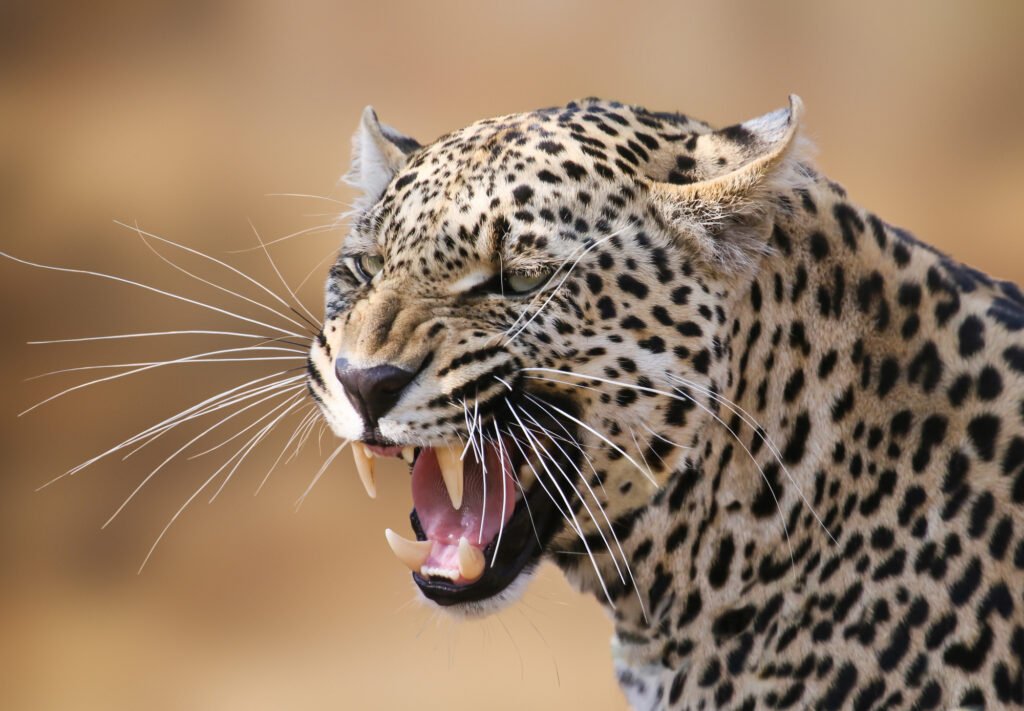
Big cats have played a critical role in the cultural and spiritual lives of many indigenous peoples. They are often seen as symbols of power, agility, and mystery. For tribes in the Amazon, jaguars are not only apex predators but also spiritual guides and protectors. Similarly, in Africa, lions are revered in folklore and are considered kings of the jungle. These stories provide a framework for understanding human interactions with these majestic creatures.
The Role of Big Cats in Indigenous Mythology
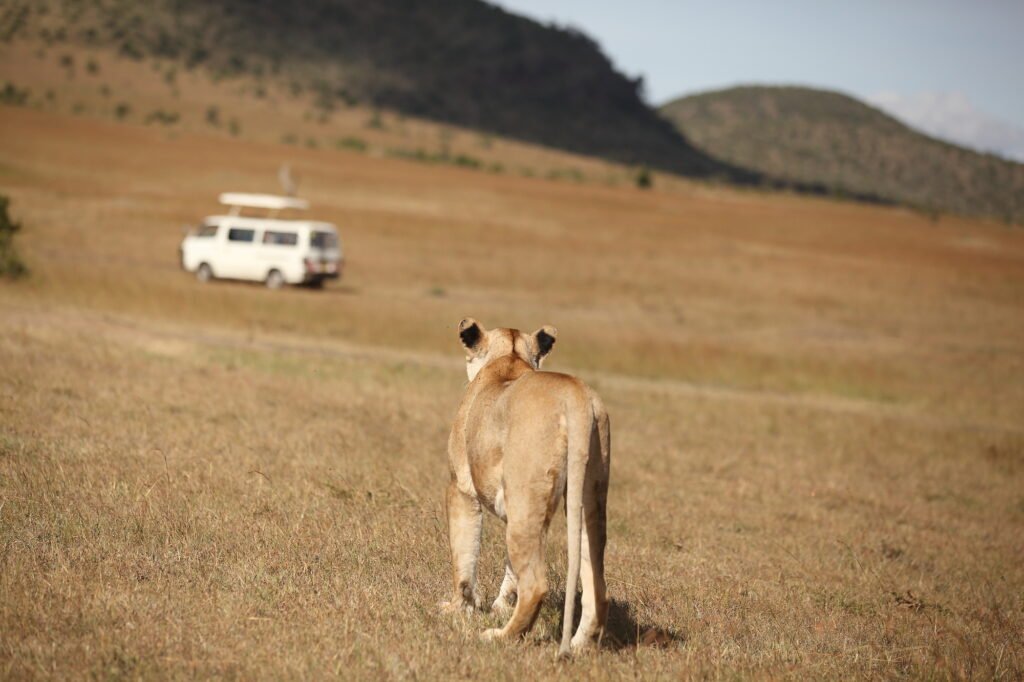
Indigenous myths often feature big cats as central characters, illustrating moral lessons or explaining natural phenomena. These stories reflect a deep understanding of wildlife behavior, ecosystem dynamics, and the complex relationships between species. For instance, the Sioux tales of the mountain lion incorporate themes of bravery and survival, emphasizing the species’ adaptability and resilience.
Big Cats as Ecological Indicators in Indigenous Teachings

Indigenous stories often highlight the role of big cats as indicators of environmental health. These apex predators are seen as barometers of ecosystem integrity. When big cats thrive, it is a sign that their habitats are well-balanced and flourishing. This concept aligns with modern ecological principles, where top predators are crucial for maintaining the structure and function of their environments.
Transmission of Traditional Knowledge Through Storytelling
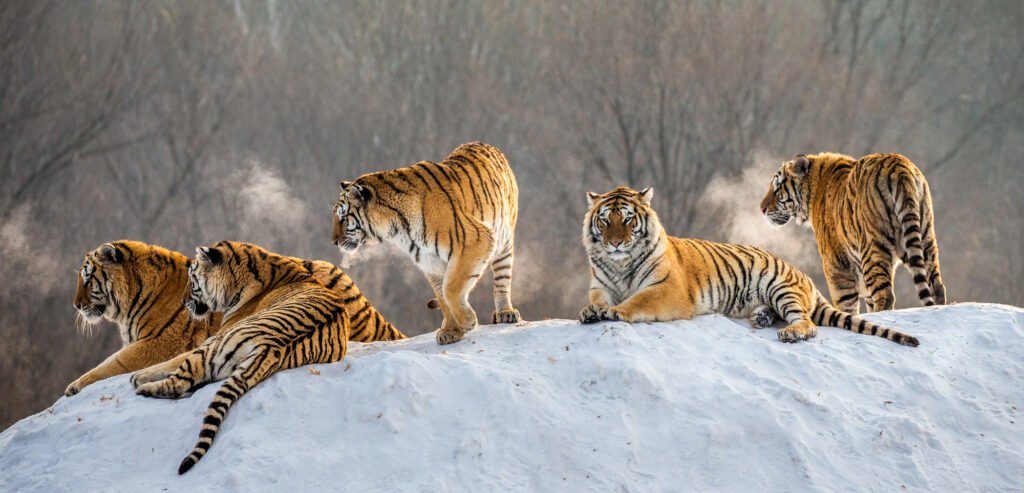
Storytelling is a pivotal means of preserving and transmitting traditional knowledge within Indigenous communities. Through tales about big cats, elders impart crucial lessons on coexistence, respect for nature, and sustainable living. These educational narratives ensure that the wisdom of past generations is not lost but rather adapted to contemporary challenges.
Comparing Indigenous Knowledge and Scientific Understanding

While scientific research often relies on empirical data and experimentation, indigenous knowledge is rooted in observation, experience, and a holistic understanding of ecosystems. Stories about big cats serve as case studies where traditional insights complement scientific findings, offering a richer and more nuanced understanding of these species and their habitats.
Cultural Respect and Ethical Considerations
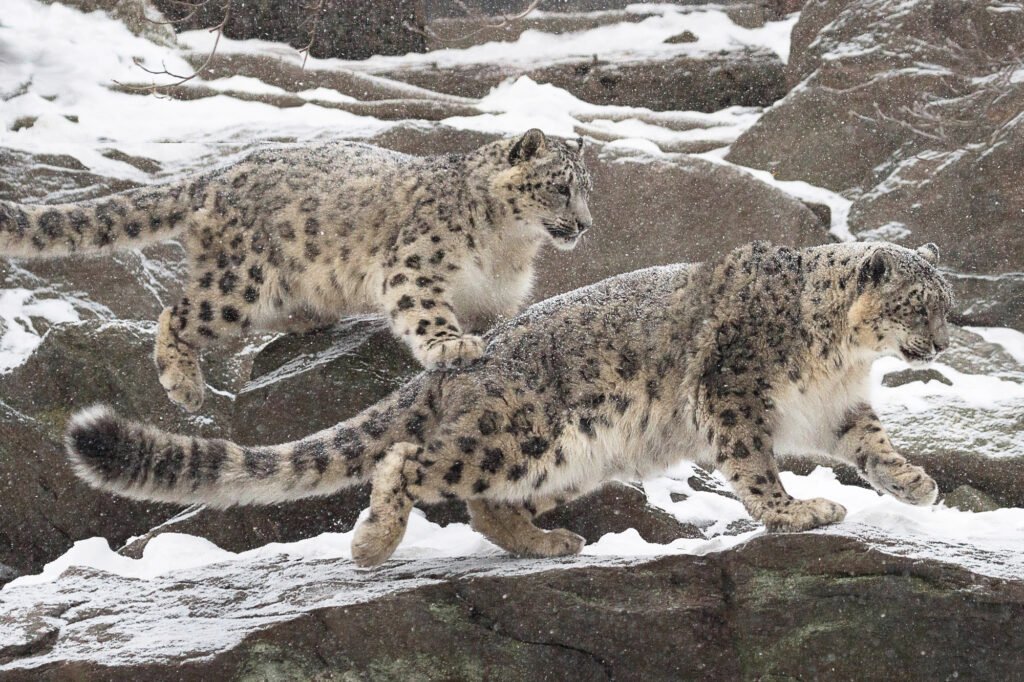
Engaging with Indigenous stories about big cats requires cultural sensitivity and respect for the intellectual property of indigenous peoples. Collaborations between researchers and indigenous communities should be built on mutual respect and consent, recognizing the value and sovereignty of indigenous knowledge systems.
The Influence of Indigenous Wisdom on Conservation Strategies
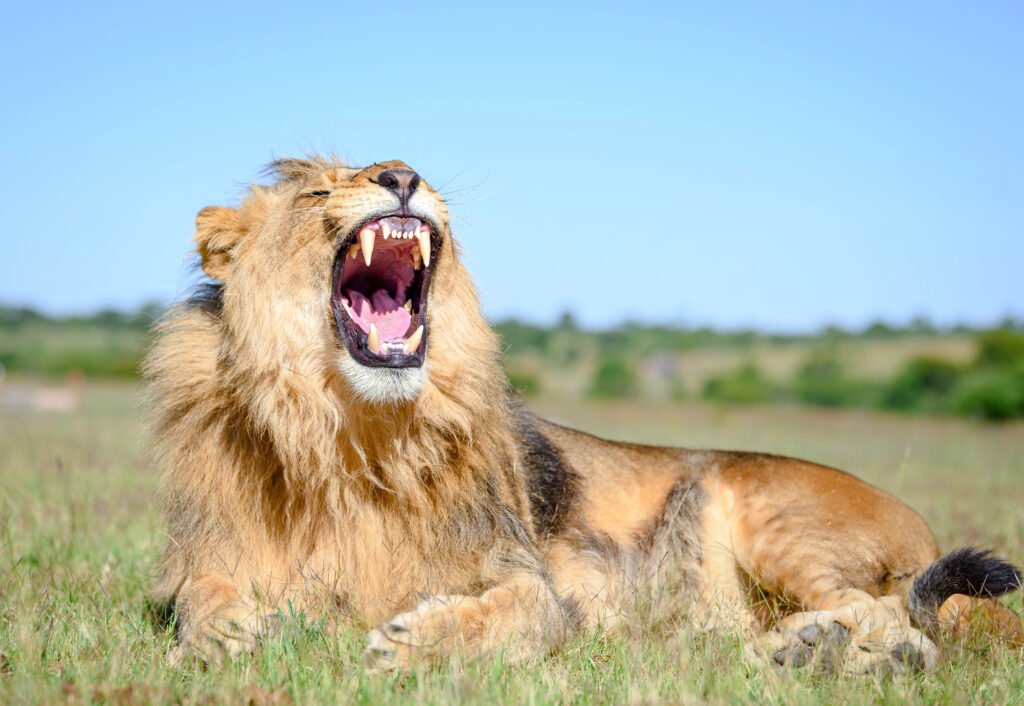
Indigenous stories about big cats can inform and enhance modern conservation strategies. By incorporating traditional ecological knowledge, conservationists can develop more effective and culturally sensitive approaches to preserving big cat populations and their habitats. This collaboration can also aid in reconciling conservation goals with the needs and rights of local communities.
Success Stories and Case Studies
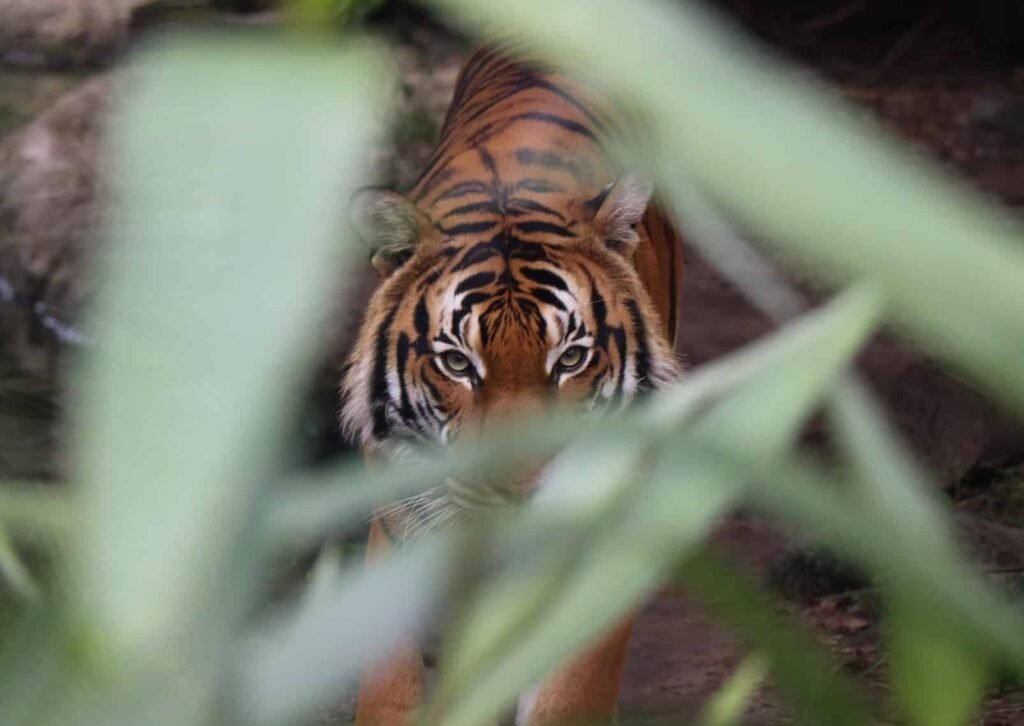
There are numerous examples where indigenous knowledge about big cats has led to successful conservation outcomes. In the Brazilian Amazon, partnerships between indigenous tribes and conservationists have resulted in effective jaguar protection strategies. Similarly, in the Maasai Mara, traditional Maasai knowledge has contributed to lion conservation efforts.
Conclusion: A Call for Greater Inclusion of Indigenous Voices
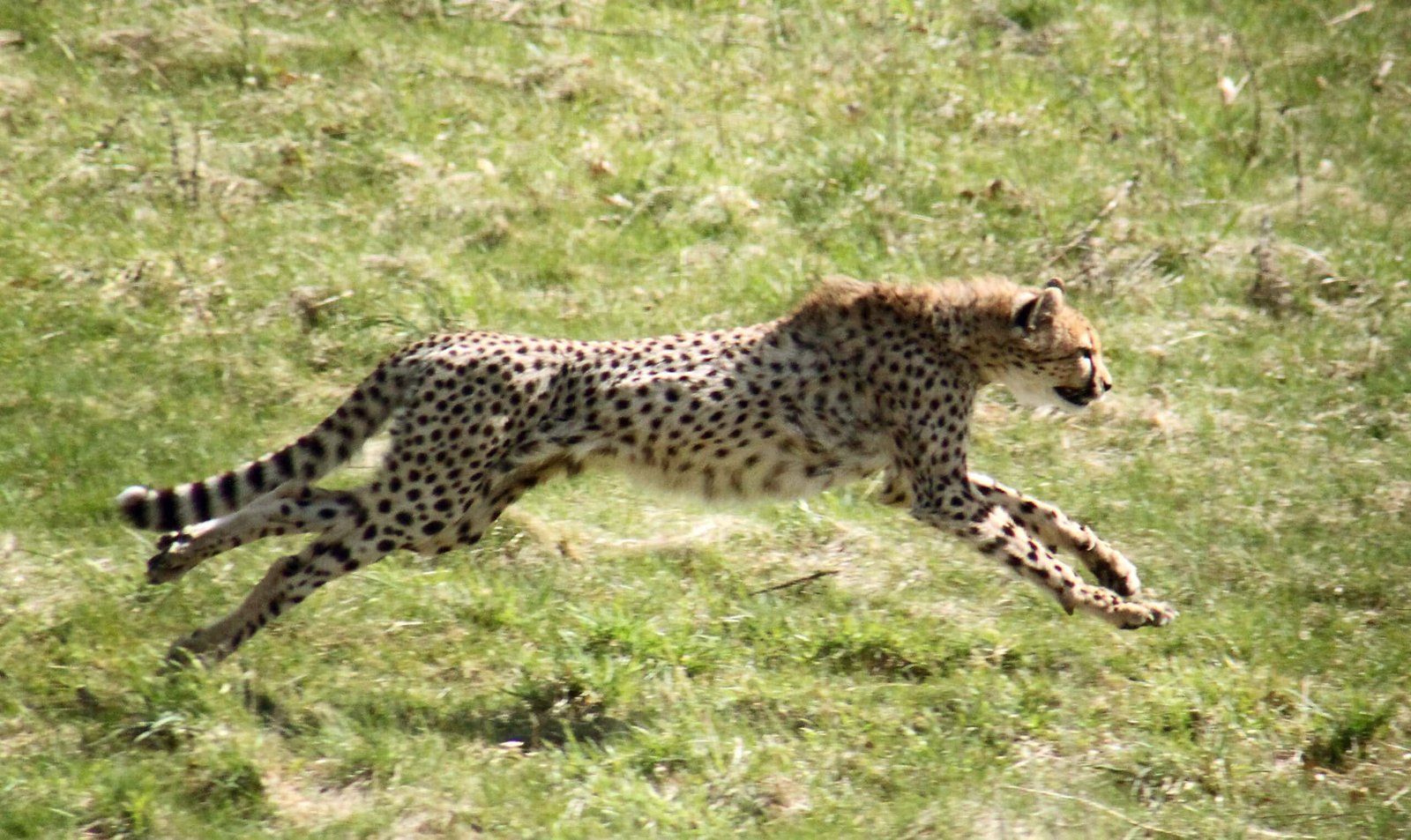
The untapped wisdom contained in Indigenous stories about big cats offers invaluable insights for both cultural understanding and scientific advancement. Emphasizing the inclusion of indigenous voices in wildlife research and conservation efforts leads to more holistic, effective outcomes. By bridging the gap between traditional knowledge and modern science, we can foster a deeper respect for the natural world and ensure the survival of big cats for generations to come.


